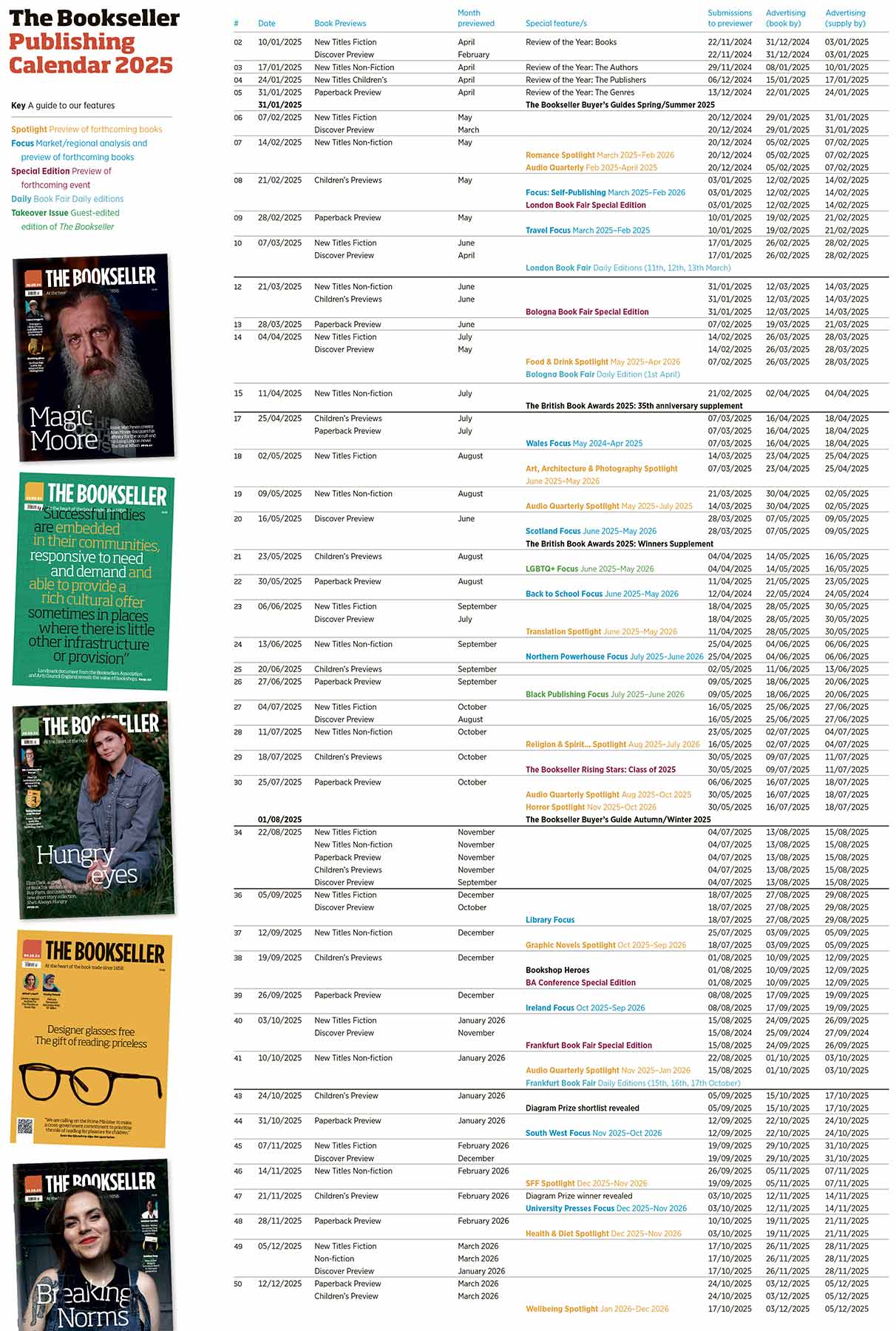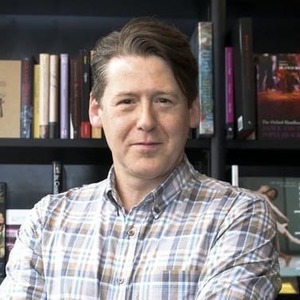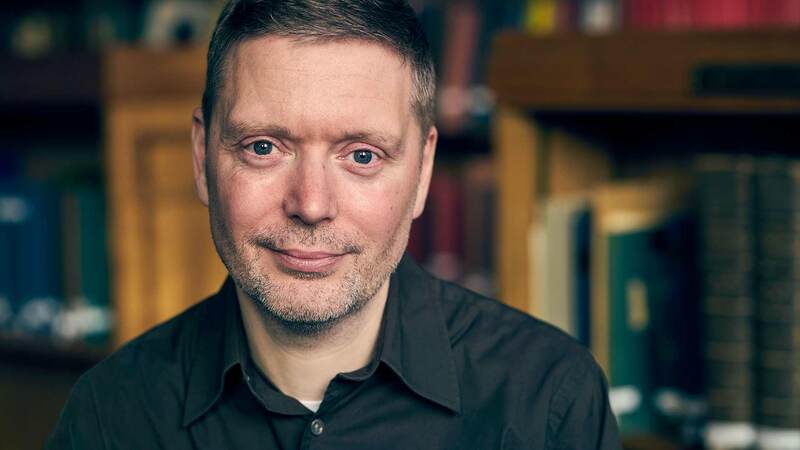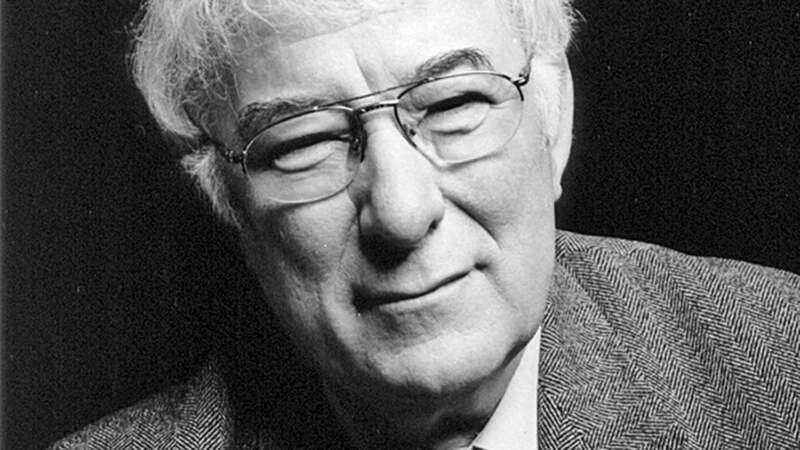You are viewing your 1 free article this month. Login to read more articles.
Kazuo Ishiguro | 'Maybe nations have to bury things to move forward'
Kazuo Ishiguro springs off his chair and begins rifling through his film collection. He is looking for something to drive home a point about a central theme in his much- anticipated novel The Buried Giant (Faber), his first in a decade.
It is an impressive collection. We are in the front room of his west London home, amid thousands upon thousands of DVDs. “As you might have noticed,” he says over his shoulder, “we’re pretty big movie fans here”. He soon finds what he is looking for: “Chicago”, the crowd-pleasing musical from 2002 starring Catherine Zeta- Jones and Renee Zellweger.
On the surface, a Jazz Age song-and-dance picture might have little to do with the sprawling, hugely ambitious The Buried Giant. The novel is part fantasy quest, part examination of what keeps civilisations functioning, set in a quasi-mythical post-Roman Britain. Yet, Ishiguro explains, one of the major themes of his novel is “societal memory”, how communities and nations remember and forget, collectively building narratives, often (but not always) to bury unpalatable truths.
He cites numerous examples, including France after the Second World War, which he argues decided to remember itself as a nation of plucky resistance fighters rather than collaborators. He says: “This is why you had the nouveau roman and the nouvelle vague after the war. Whether wilfully or not, the whole narrative tradition was condemned as unsophisticated. Because you couldn’t have someone like a Balzac forensically examining what happened during the war years. You just couldn’t go there, or the country would have torn itself apart.”
Collective memory is constructed in numerous ways, some wilful, some official, but a huge force is popular entertainment. And so, “Chicago”. Ishiguro points to an early scene in which a burlesque dance performed by white women in a nightclub is being watched by pinstripe-suited white and black men. He says: “In the 1920s in Chicago, if a black man got near a stage like that, he might’ve been lynched. But here you have this modern film, popular entertainment, presenting an idealised version of American race relations in the ‘20s. Maybe this is a good thing. Maybe nations have to bury things to move forward."
On the road
It should be underscored that the The Buried Giant is not some po-faced novel of ideas. It centres around Axl and Beatrice, two impoverished, elderly Iron Age Britons who live in a land covered by a strange mist which makes people forget their past. Ill- treated by their fellow villagers, they embark on a journey to find their son, who they believe—through the mists of memory—lives in a town many miles away.
On the road, Axl and Beatrice quickly fall in with Saxon warrior Wistan and his young charge Edwin, and get swept up in adventures involving knights-errant, dastardly monks, ogres
and she-dragons. It is a fine balancing act: on one level The Buried Giant is an accessible, picaresque romp that bursts with humour and humanity; on the other it is a rather challenging reflection, not just on society but on ageing and loss, too.
His American publisher Knopf will be pushing the fantasy/quest angle to readers; the end papers of the US editions will have Tolkien-esque maps tracing Axl’s and Beatrice’s journey. “Well, we’ll see how that plays out,” Ishiguro says with a wry smile. “But when I was writing it, I was thinking less quest, more road movie.”
The 10-year gap between novels is partially due to an intervention by Ishiguro’s wife, Lorna MacDougall, to whom he has been married for 28 years. He had been thinking about a story around the themes of The Buried Giant for almost 15 years, and began working on it after 2006’s Never Let Me Go. But when he showed about 40 pages to MacDougall, the feedback was not good. “She said: ‘This will not do. I don’t mean you have to change this or that—there’s no point in editing. Scrap it and start again.’ I wasn’t very pleased at the time, but she was right.”
This decade between novels has created something of a frenzy among Ishiguro’s fans, and it is perhaps not hyperbole to call The Buried Giant the most anticipated novel of 2015. Ishiguro is one of the handful of novelists who has both shifted millions of copies and garnered heaps of critical praise. His BookScan sales since records began in 1998 stand at £9.6m on 1.4 million copies, led by the nearly 660,000 units shifted by Never Let Me Go. Yet, as Ishiguro has had significant success pre-BookScan (and, of course, worldwide), these numbers hardly tells the full story, most noticeably for The Remains of the Day. Faber says the Booker-winner later made into the Oscar-winning film starring Anthony Hopkins and Emma Thompson has sold over 1.1 million copies, whilse its post-1998 sales are around 180,000 units.
It should be noted for those salivating fans, that Ishiguro has hardly been idle in the past decade.
He wrote the short story collection Nocturnes, was heavily involved in the film adaptation of Never Let Me Go and—in an exercise apropos for someone whose work centres around memory—he has been collecting his archives, which he is selling to the University of Texas. “I thought it would be a neutral exercise,” he says of assembling his archives. “But it has been an enormous amount of work; I’ve essentially been going through my whole life.”
It has made him reflective about his career, too. Ishiguro tasted success very young—his first novel was published when he was 28, and he won the Man Booker Prize at 35 with The Remains of the Day. Interestingly, he says the focus on the Booker in the 1980s was much more intense than it is today, with fewer routes to market and fewer ways for literary authors to establish themselves.“[The Booker pressure] made you cowardly, made you play safe,” he says. “When I won, there was just relief. I was given license to think more adventurously, to think more broadly about where I wanted to go next, and to take risks. I really did want the chance to write a few books that didn’t have to be perfect.”
When I won [the Booker] there was just relief... I really did want the chance to write a few books that didn’t have to be perfect
He has long thought that most novelists do their best work in their thirties and forties. In his 61st year he is, he says with a laugh, “looking for models of late style, and ways to stifle the inevitable decline”.
He mentions Philip Roth and Cormac McCarthy, giants who flourished later in their careers. But he has some other, more surprising role models. “I think about Gordon Strachan, Ian Callaghan and even Diego Maradonna,” he says of the former Scottish, English and Argentinian footballers. “When they lost that first great brilliance, they were able to change their positions, change their style and move into something different, and with great wisdom.”
Metadata
Publisher: Faber & Faber
Publication: 03.03.15
Formats: HB/EB/TPB
ISBN: 9780571315031/ 055/048
Rights: Through RCW. Sold into 21 territories including Knopf (US), Blessing (Ger) and Deux Terre (France)
Editor: Angus Cargill
Agent: Peter Straus, RCW










